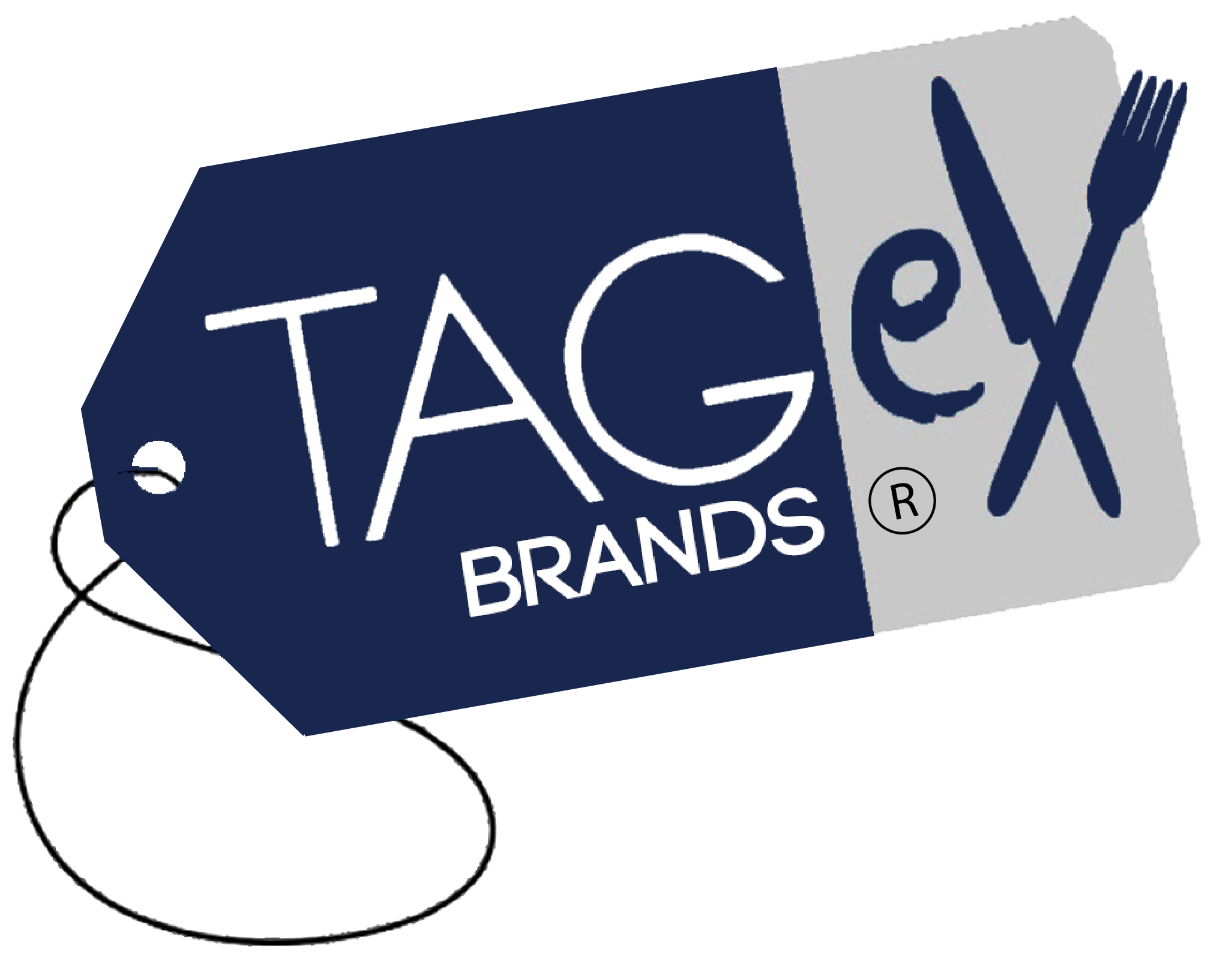
Bill Carmody is CEO of Trepoint, a marketing services company. This article does not necessarily reflect the opinions of the editors or management of Nation’s Restaurant News.
If you’re like many operators, you may believe one of two things: You have someone who’s more experienced than you at managing your supply chain, or you know supply chain management is an issue but not a priority.
But these are false beliefs. Even if you’re part of a franchise operation with a sophisticated purchasing department, or have hired a distributor to manage it for you, your lack of oversight has already cost you significant profits. Left unchecked, it will drain you of your hard-earned cash.
Here’s where the biggest profit opportunities exist in your supply chain:
1. Inbound freight.
“Most distribution agreements disclose that distributors make money on transporting products from the manufacturers to their distribution centers,” said Steve Salzberg, president of CRM (Cost Reduction Management). “However, few operators realize just how much profit is lost to this one component of product cost.”
ADVERTISING
2. Verified pricing.
Confirming that each invoice is priced correctly is an arduous task, so most operators rely on spot-checking invoices or waiting for a food cost spike to make them dig deeper. “My purchasing responsibilities for close to 400 restaurants require a lot of time and focus,” said Michael Rosen, senior director of purchasing and R&D at Villa Restaurant Group. “I am also responsible for monthly price verification of the 12 distribution centers that deliver to our units. I chose to outsource that function, and now I get the data I need to negotiate with manufacturers.”
3. Product specifications.
Are the products sold to your restaurants the items you approved? “Product substitutions can affect the quality of your menu items and often come with a higher price tag,” Salzberg said. “Monthly invoice audits uncover these occurrences and allow for correction and credit… but only when they happen consistently.”
4. Catching discrepancies in time. “Most audits, if they happen at all, occur only one to two times per year,” Salzberg said. “Most agreements stipulate a maximum of about 25 items that can be reviewed and for no more than 90 days prior. That leaves the prior months untouchable even when mistakes are discovered.”
5. Purchasing departments functions. While most purchasing departments are great at sourcing products and negotiating prices, they tend to fall short in understanding all the ways distributors make money in other ways, such as freight and sheltered income programs. “During my tenure as EVP of marketing and purchasing for Wingstop, we grew from 80 units to over 600,” said Andy Howard, CEO of Huey Magoo’s. “I recognized proper management of our supply chain could generate significant cost reduction. Finding the right company to manage our inbound freight, provide ongoing distributor price verification and gather the data I need to negotiate my purchasing contracts was an important ingredient to our success. Their ability to take distribution management off my plate was key to allowing me to focus on purchasing. I’ve learned that purchasing and distribution are two very different things.”
6. Third-party verification.
Salzberg said distributors are focused on watching their costs associated with inventory, receivables, brick and mortar, and truck leases. It’s unreasonable to believe that distributors will also invest the time required to diligently insure your products are purchased at the lowest cost and sold at the correct price each month. Having third-party verification is a key component to catching mistakes and ensuring maximum profits.
“Back in the ’80s and ’90s, Applebee’s had hundreds of restaurants,” said Bill Palmer, founder of Applebee’s Neighborhood Grill & Bar. “We had a corporate purchasing staff that did a great job of sourcing products and negotiating great FOB pricing. Even with that support, I saw the value in having a company focus on my distribution program. We hired an entrepreneurial company to manage inbound freight, negotiate distribution markups and verify our distributor prices each month. Even though the distributor knew their invoices were being audited, mistakes were discovered and we received credits every month. Our supply chain consultant had our back and made sure my restaurants got the right products at the right prices. We stayed with the same company from 1987 through 2012”.
7. Franchisees under-reporting sales.
This is a fascinating one, because it’s hard to catch unless you are looking for it. It happens when franchisees report sales of X, but, by knowing the ingredient formula to make a menu item, executives are able to estimate actual sales. Tracking that data offers a valuable tool to break down discrepancies between quantities of items ordered and sales reported.
“As the president and chief operating officer of a multi-concept company, including Red Mango, Smoothie Factory, RedBrick Pizza and Souper Salad, I have long seen supply chain management as an important part of cost controls for our franchisee partners,” said Craig Erlich of BRIX Holdings LLC. “By outsourcing this important part of our business, we can focus on operations without worrying about the accuracy of our prices and our units receiving the products we specify, as that process is executed by our supply chain partner with a monthly review of findings and actions.”
The bottom line is that if you don’t have someone helping you to negotiate, oversee and audit your supply chain on an ongoing basis, mistakes will be made and profits will erode. But having this oversight will ensure more profit is delivered from your supply chain to your bottom line.
Bill Carmody is CEO of Trepoint, a marketing services company. He is a global keynote speaker and digital marketing veteran with 23 years of experience. Carmody also coaches CEOs on breakthrough sales and marketing.
